If you’ve ever dreamed of exploring a rainforest teeming with rare wildlife, Deramakot Forest Reserve in Sabah, Malaysia, is your perfect escape.
This 55,000-hectare protected forest about the size of Singapore is one of Borneo’s most biodiverse and least-disturbed ecosystems. Hidden deep in Sabah’s interior, Deramakot is home to elusive wildlife like the clouded leopard, orangutan, pygmy elephant, and Bornean sun bear species that many travelers only glimpse in documentaries.
But what makes Deramakot truly special isn’t just its wildlife it’s the story behind its success. This is the world’s first tropical rainforest certified by the Forest Stewardship Council (FSC) for sustainable forest management. That means every tree, trail, and tourism activity here follows a strict plan that balances conservation, community, and controlled logging proving that humans and nature can coexist in harmony.
For travelers seeking a real wilderness experience far from mass tourism Deramakot Forest Reserve offers the authentic Borneo adventure. Here, every rustle in the leaves could reveal a rare animal, and every misty sunrise feels like stepping back in time to the age of wild Borneo.
Where Is Deramakot Forest Reserve Located?
Deramakot sits in the heart of Sabah, between the Kinabatangan River Basin and Segaliud-Lokan Forest Reserve. It’s about 190 km from Sandakan (roughly 5–6 hours by road) and 280 km from Kota Kinabalu (around 8 hours drive).
Reaching it isn’t simple and that’s exactly why it’s so rewarding.
The last 2–3 hours require a rugged 4WD journey along old logging roads, cutting through dense rainforest and muddy tracks. But as the city noise fades and the jungle chorus grows louder, you’ll realize this is not just a destination; it’s an adventure.
Why Deramakot Forest Reserve Is Special
Deramakot is a living success story of conservation and sustainable forestry. While many rainforests in Southeast Asia face deforestation, Deramakot stands as a model showing how selective logging, scientific monitoring, and eco-tourism can protect biodiversity while supporting local livelihoods.
Here’s why Deramakot stands out:
World’s First FSC-Certified Tropical Rainforest — Recognized globally for responsible forest management.
Home to 75% of Sabah’s Mammals — Including all five of Borneo’s wild cat species.
Supports Local Communities — Eco-tourism provides jobs and encourages local involvement in conservation.
Controlled Visitor Numbers — Only a limited number of guests can enter at a time to reduce impact.
Unlike other reserves that rely solely on tourism or strict preservation, Deramakot practices low-impact, science-based forestry. Trees are selectively harvested on a 100-year cycle, allowing the ecosystem to recover naturally. As a result, wildlife continues to thrive, making it one of the few logging areas in the world where biodiversity has increased over time.
Wildlife of Deramakot Forest Reserve
Deramakot’s dense canopy and untouched terrain provide shelter to some of the world’s rarest species. The forest is home to over 200 bird species and 60 mammal species, many of which are endangered or endemic to Borneo.
Top Animals You Might Spot:
Clouded Leopard – The crown jewel of Deramakot. Spotting this shy predator is the ultimate wildlife experience.
Orangutan – Deramakot is one of the few places where you can see them truly wild, not in rehabilitation centers.
Bornean Pygmy Elephant – Occasionally seen along forest roads or riverbanks.
Sun Bear – The smallest bear in the world, known for its golden chest patch.
Binturong (Bearcat) – A nocturnal creature with a sweet, popcorn-like scent.
Leopard Cat, Civets & Flying Squirrels – Commonly spotted on night safaris.
Hornbills, Kingfishers & Pittas – Colorful icons for birdwatchers.
Most of Deramakot’s wildlife is nocturnal. The forest comes alive after sunset, making night drives the best time for animal encounters. With a skilled guide, you may see glowing eyes in the dark a thrilling moment that few get to experience.
A Paradise for Wildlife Photographers
Deramakot has gained fame among professional photographers and documentary filmmakers from National Geographic, BBC, and Discovery Channel. Its combination of rare species and accessible forest roads makes it a top spot for wildlife photography in Southeast Asia.
What to Bring:
DSLR or mirrorless camera with 400mm+ telephoto lens
Tripod and dry bag for moisture protection
Spotlight or headlamp for night photography
Plenty of patience and a sense of adventure
Each sighting in Deramakot is earned. But when that elusive leopard steps into your spotlight, every minute of waiting becomes worth it.
Best Time to Visit Deramakot Forest Reserve
| Season | Months | Pros |
|---|---|---|
| Dry Season | March – October | Easier road access, more wildlife sightings |
| Rainy Season | November – February | Lush greenery, fewer tourists, cooler air |
Avoid the heaviest rains (December–January) if driving yourself the dirt roads can get slippery and difficult to navigate.
How to Get to Deramakot Forest Reserve
Self-Drive Adventure (For the Brave!)
If you love off-road exploration, self-driving is possible but be prepared for a challenge.
Car Rental for Deramakot Forest Reserve
You’ll need a strong 4WD vehicle, preferably with off-road tires and winch capability. The route passes through isolated forest roads, so prior experience in rough driving is a must.
Rental Tips:
Confirm if off-road use is allowed, many rental companies restrict it.
Bring extra fuel and spare tires, there are no petrol stations after Telupid.
Mobile coverage is poor, so download offline maps.
Secure your entry permit from the Sabah Forestry Department before arrival.
Even if you’re an experienced driver, hiring a local driver-guide ensures safety and enhances your wildlife experience.
Accommodation in Deramakot Forest Reserve
Deramakot’s accommodation is simple yet cozy, ideal for travelers who prioritize nature over luxury.
Types of Lodging:
Chalets: Private rooms with beds, fans, and attached bathrooms
Dormitories: Budget-friendly shared options for groups or students
Facilities: Dining hall, generator-powered electricity (6PM–6AM), and clean shared bathrooms
Meals are provided in most tour packages enjoy comforting home-cooked Malaysian dishes like rice, curries, and local vegetables prepared by friendly staff.
Top Things to Do in Deramakot Forest Reserve
- Night Safari Drives
Experience the rainforest come alive under the stars a highlight for every visitor.
- Birdwatching
With over 250 species recorded, Deramakot is a dream for bird lovers.
- Jungle Trekking
Guided hikes reveal fascinating flora and animal tracks perfect for morning exploration. - Forest Education Programs
Learn about sustainable forestry and join tree-planting activities organized by the Sabah Forestry Department.
- Sunrise & Sunset Viewing
Watch golden light pierce the mist over endless treetops a view you’ll never forget.
Suggested Itineraries
3 Days / 2 Nights
Day 1: Sandakan → Telupid → Deramakot
Day 2: Morning trek, night safari
Day 3: Birdwatching → Return
4 Days / 3 Nights
Day 1: Arrival & orientation
Day 2–3: Full-day wildlife drives
Day 4: Return to Sandakan
5 Days / 4 Nights (Photography Trip)
Designed for serious photographers and wildlife enthusiasts seeking longer observation time.
What to Pack
Essential Gear
Lightweight, long-sleeved clothes
Insect repellent & leech socks
Waterproof rain jacket
Sturdy hiking boots
Binoculars, flashlight, and power bank
First aid kit
Optional Extras
Snacks & instant drinks
Reusable water bottle
Notebook for wildlife logs
Safety & Travel Tips
Always follow your guide’s instructions.
Never feed or approach wildlife.
Keep electronics dry and valuables secure.
Carry your passport and travel insurance copy.
Respect quiet hours at night, animals are active!
Conservation & Responsible Tourism
Every visit to Deramakot directly supports Sabah’s sustainable forestry initiative.
Tourism revenue funds:
Wildlife monitoring programs
Forest restoration & replanting
Local community employment
As a visitor, you can help by:
Avoiding single-use plastics
Staying on marked trails
Supporting eco-certified tour operators
Your visit becomes part of the conservation story that keeps Deramakot wild and thriving.
Nearby Attractions to Combine with Deramakot
Kinabatangan River: River cruises to see proboscis monkeys, crocodiles, and hornbills.
Danum Valley Conservation Area: A world-renowned pristine rainforest for trekking and canopy walks.
Sepilok Orangutan Rehabilitation Centre: Get close to rescued orangutans in Sandakan.
Rainforest Discovery Centre (RDC): Explore canopy bridges and birdwatching trails near Sepilok.
Frequently Asked Questions (FAQ)
How do I get a permit to enter Deramakot?
You can obtain it through the Sabah Forestry Department or your tour operator.Can I visit without a tour?
Yes, but it’s challenging. You’ll need a 4WD, permit, and accommodation booking in advance.Is Deramakot suitable for families?
Yes, for families with older children who enjoy nature and adventure.Are there mosquitoes and leeches?
Yes, it’s part of the rainforest charm! Wear long sleeves and leech socks.Can I rent a car to drive there?
Yes, but ensure it’s a 4WD. Some companies require a driver-guide.Is there mobile signal or Wi-Fi?
Limited, be ready to fully disconnect and enjoy nature.What’s the weather like?
Warm and humid (28–32°C) year-round, with occasional rain.Is Deramakot safe to visit?
Very safe and managed by the Sabah Forestry Department.How far is it from Sandakan?
Approximately 190 km or 5–6 hours by road.
Why Deramakot Belongs on Every Nature Lover’s Bucket List
Few places on Earth embody Borneo’s wild spirit like Deramakot Forest Reserve.
Here, orangutans swing freely, hornbills echo through the trees, and conservation truly works. Every visit helps protect this living rainforest for generations to come.
Whether you explore with a professional guide or brave the off-road journey yourself, Deramakot offers something rare an unfiltered, authentic encounter with the wild.
So pack your spirit of adventure and camera because Deramakot isn’t just a destination; it’s an experience that changes how you see nature forever.

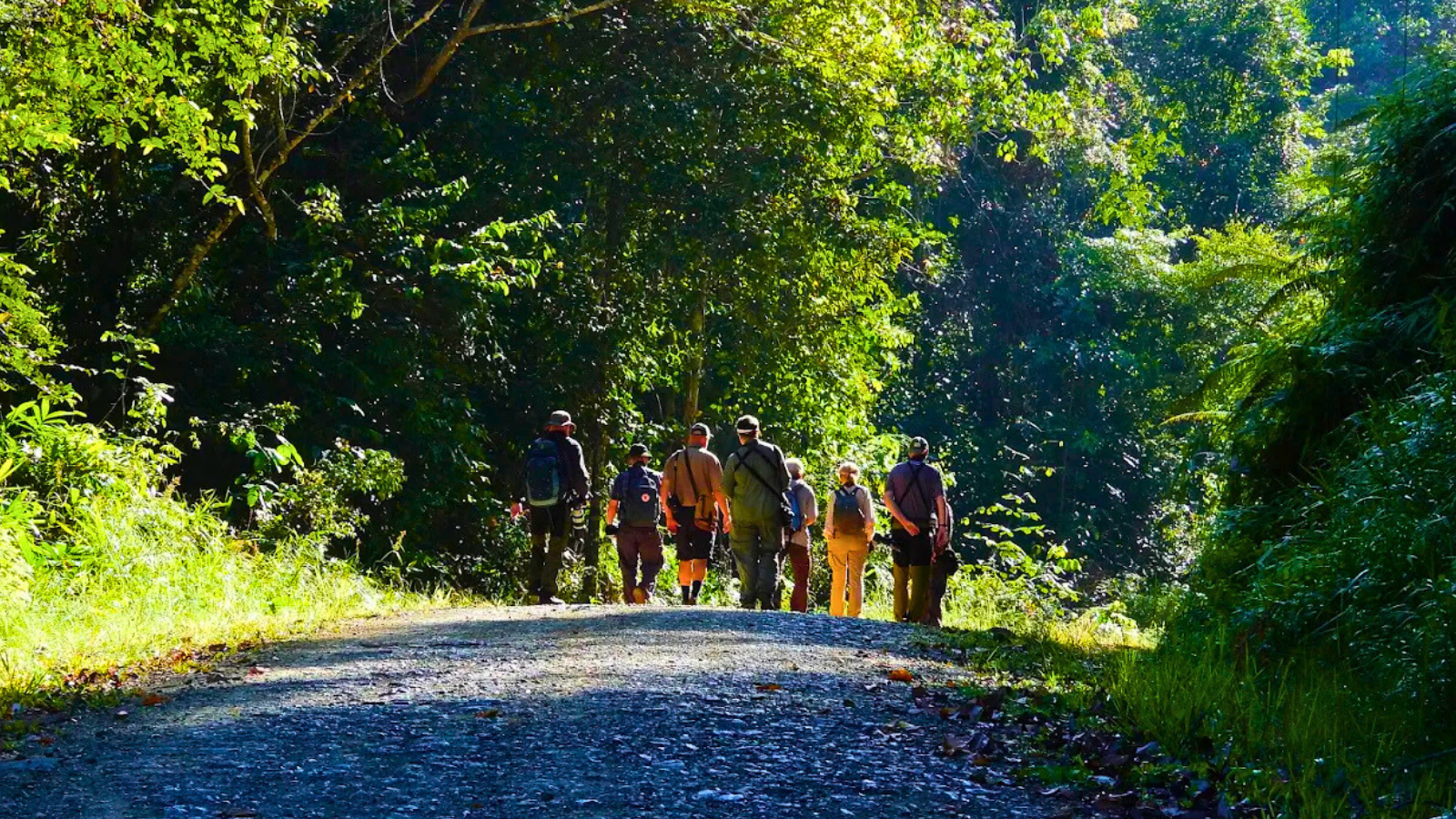
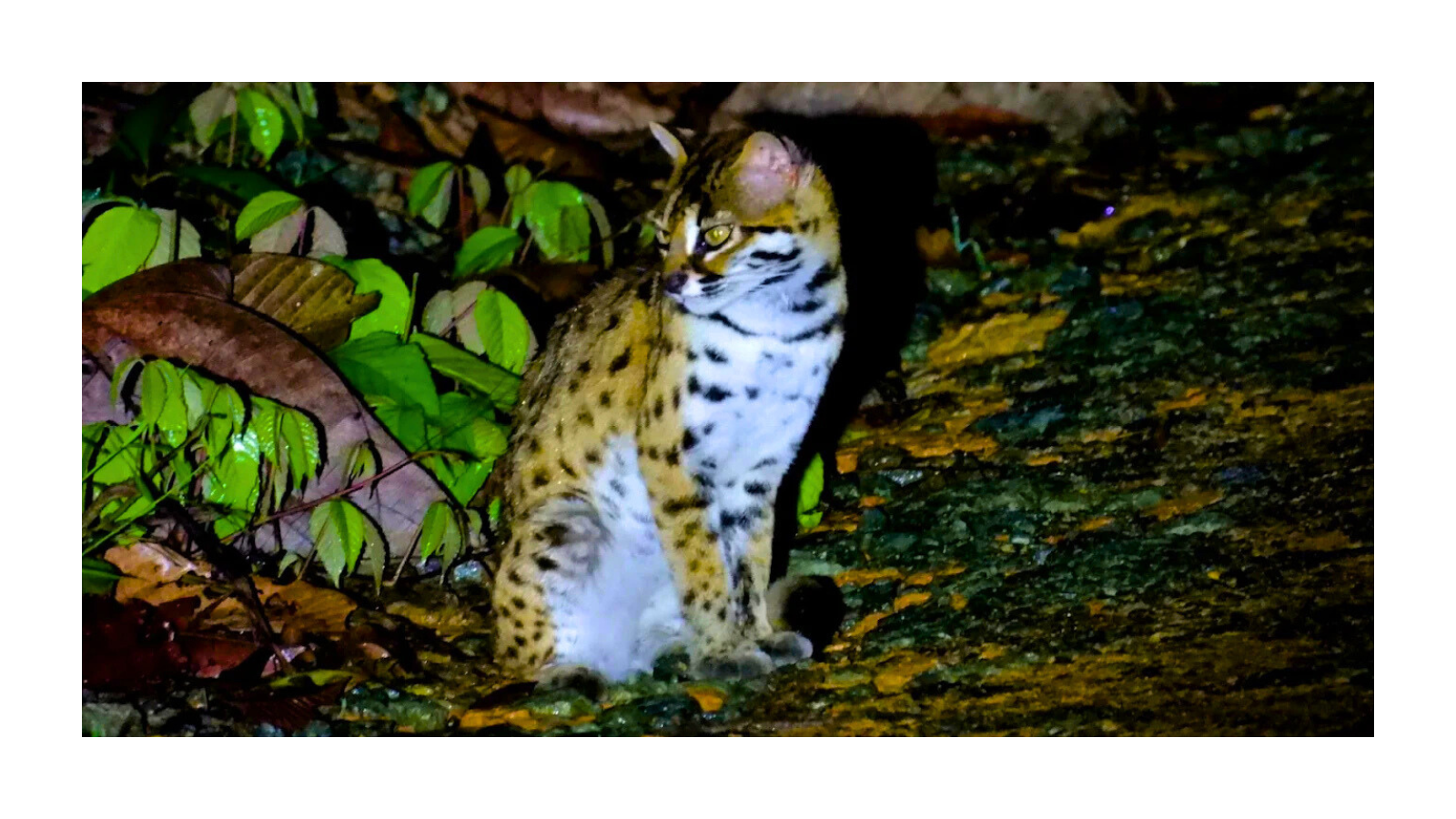


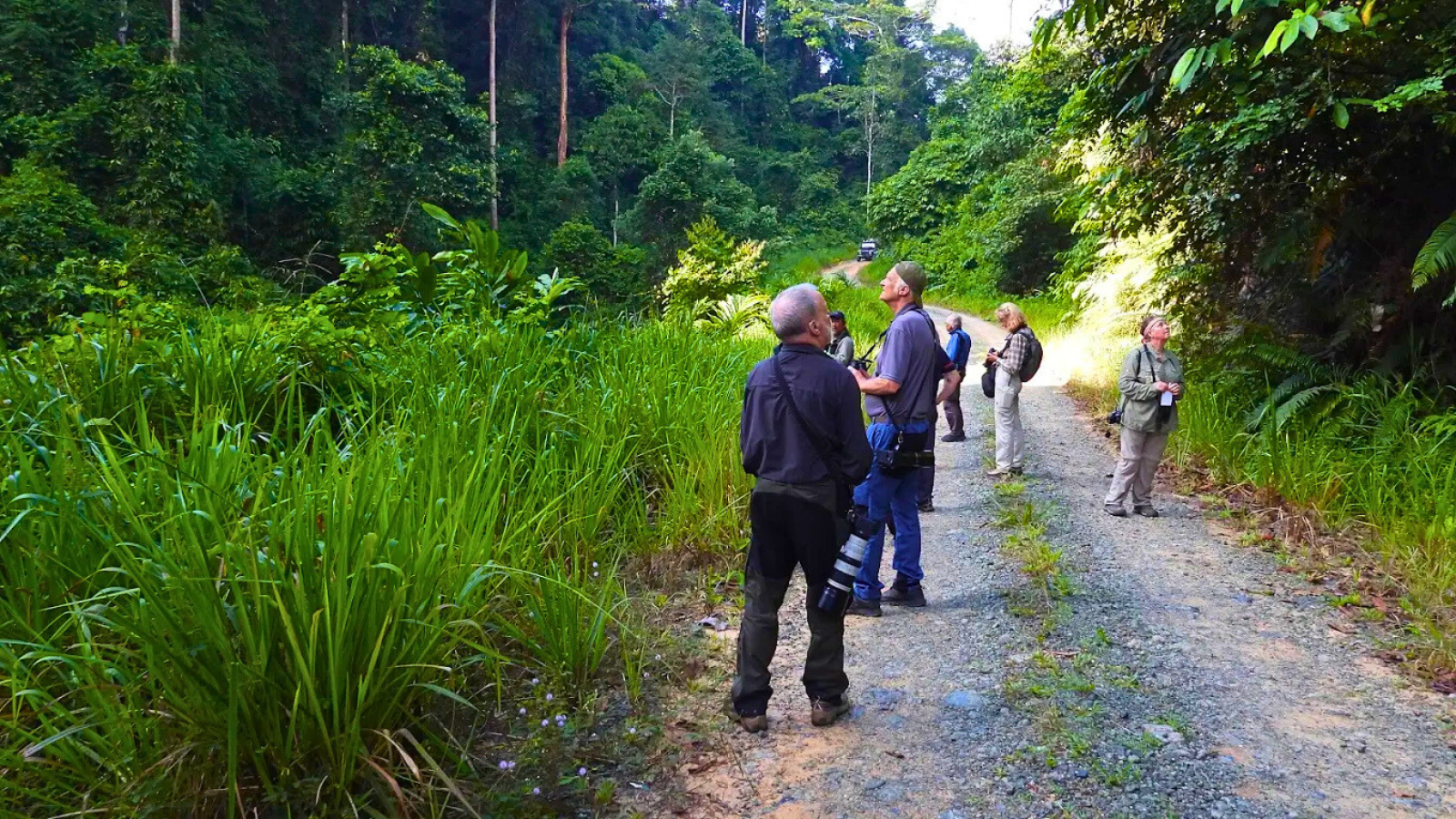
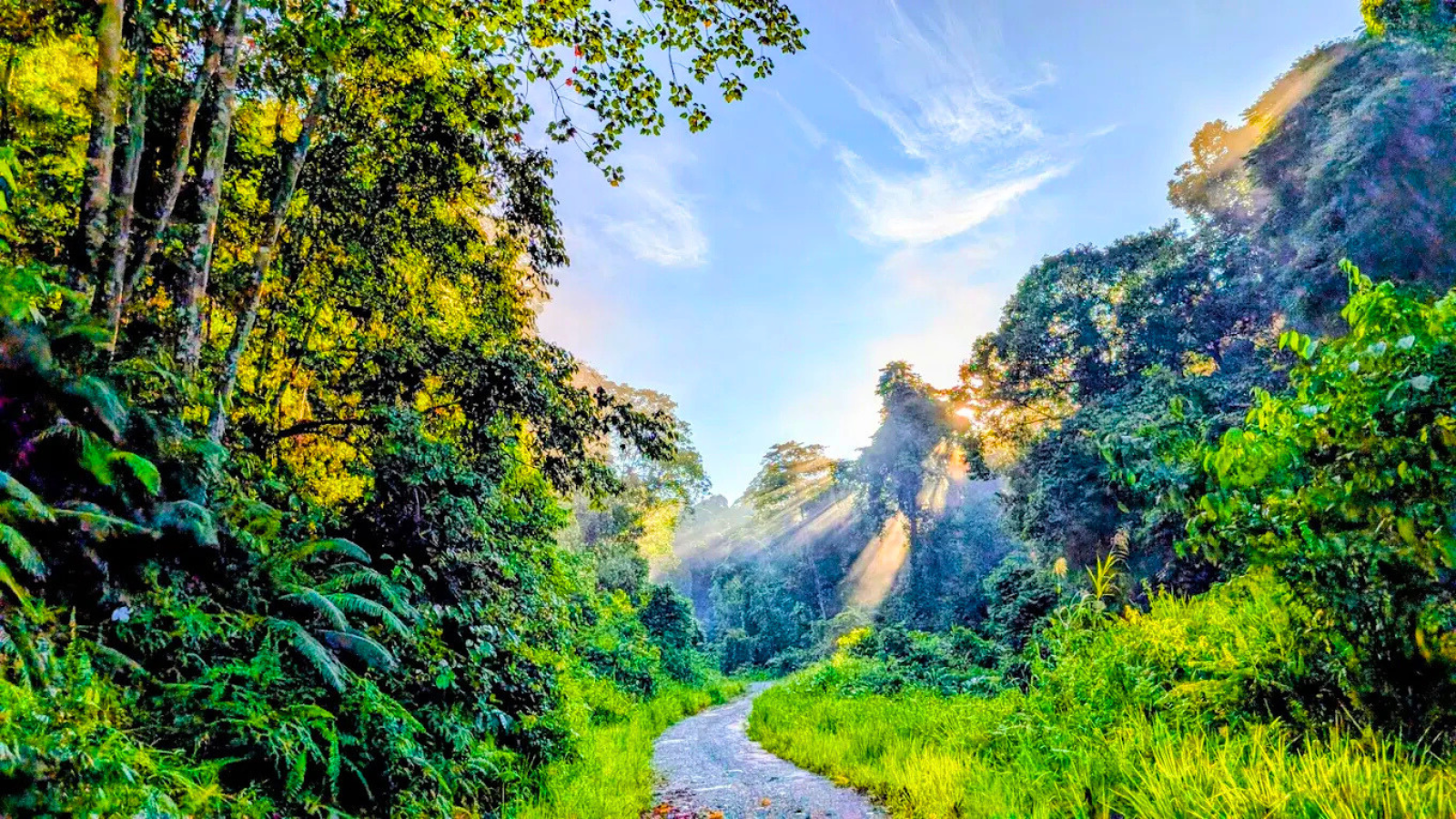

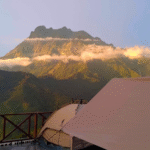
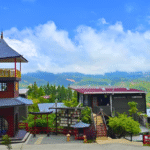
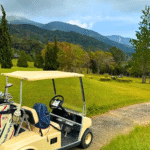





0 Comments